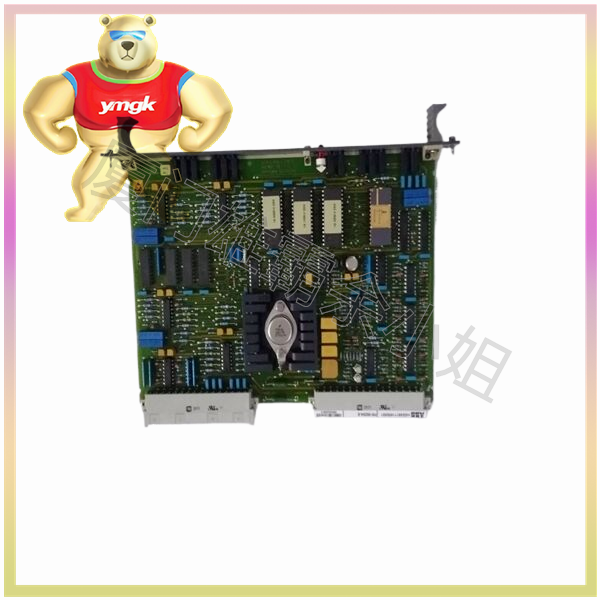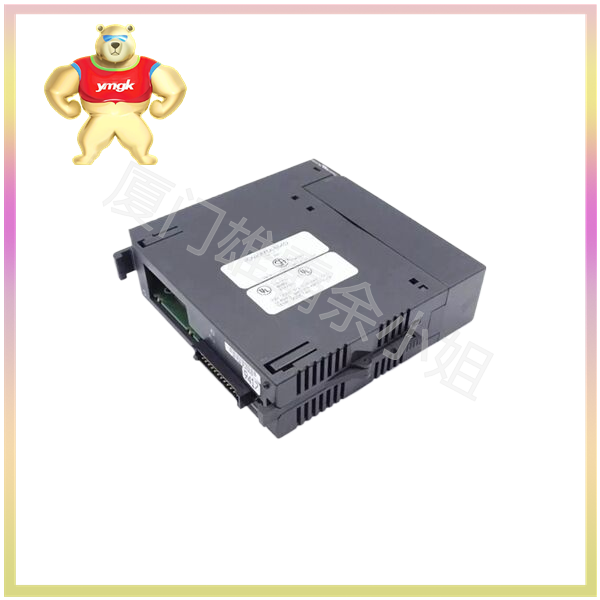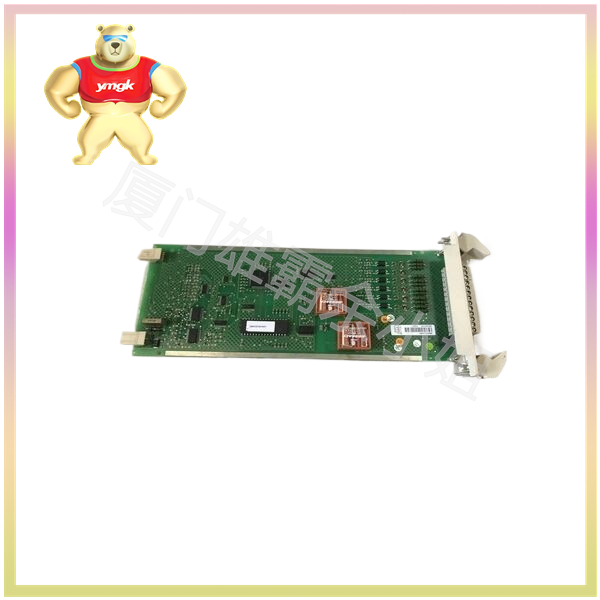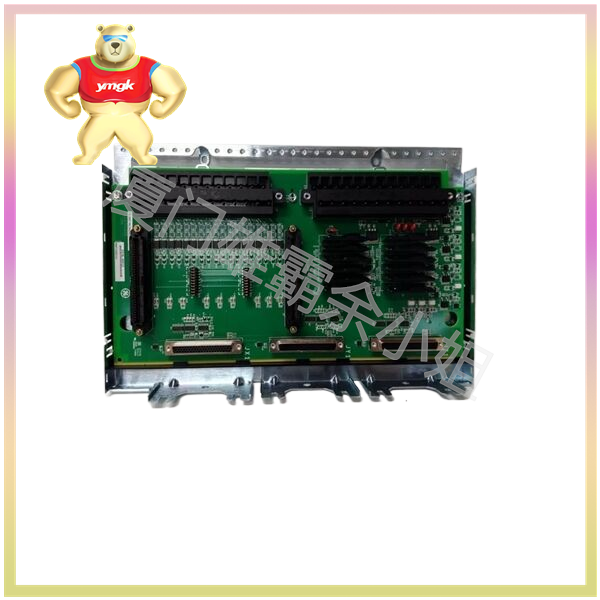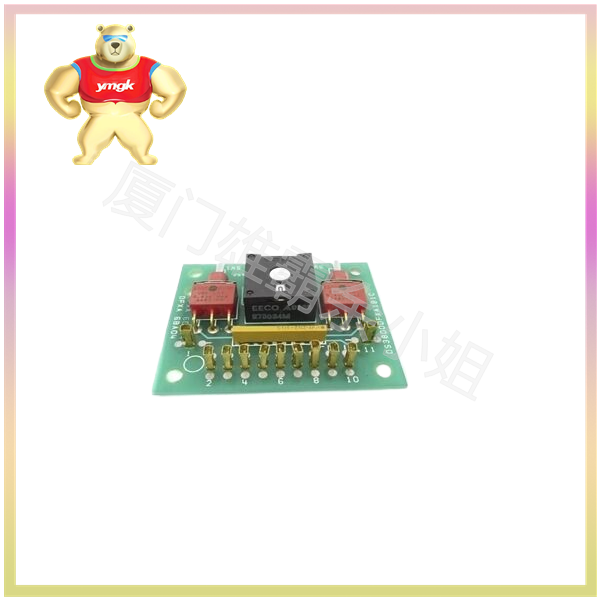Servo control system is a high-precision, high response speed, and high stability control system widely used in industrial automation, robotics, aerospace and other fields. In order to ensure the performance and reliability of the servo control system, its design and implementation need to meet the following basic requirements:
High precision control
The servo control system needs to achieve precise control of actuators to meet the accuracy requirements of various application scenarios. This includes position accuracy, velocity accuracy, and acceleration accuracy. High precision control requires precise measurement and control algorithms to achieve.
1.1 Measurement accuracy
The servo control system requires high-precision sensors to measure the position, velocity, and acceleration of the actuator. Common sensors include encoders, photoelectric sensors, Hall sensors, etc. The selection and installation location of sensors have a significant impact on measurement accuracy.
1.2 Control Algorithm
The servo control system requires advanced control algorithms to achieve high-precision control. Common control algorithms include PID control, fuzzy control, adaptive control, predictive control, etc. The selection of control algorithms and parameter settings have a significant impact on the control performance of the system.
High response speed
The servo control system needs to have fast response capability to meet the requirements of high-speed motion and fast positioning. High response speed can be achieved by optimizing control algorithms and improving the performance of actuators.
2.1 Optimization of Control Algorithm
By optimizing the control algorithm, the response speed of the system can be improved. For example, using methods such as feedforward control and nonlinear control can improve the dynamic performance of the system.
2.2 Performance improvement of actuators
The performance of actuators has a direct impact on the response speed of the system. By selecting high-performance motors, reducers, and drivers, the response speed of the system can be improved.
high stability
The servo control system needs to have good stability to ensure normal operation under various working conditions. High stability can be achieved through system design and control strategies.
3.1 System Design
In the system design phase, it is necessary to fully consider the impact of various factors on system stability. For example, selecting appropriate actuators, sensors, and controllers, as well as reasonable layout and installation methods.
3.2 Control Strategy
Adopting appropriate control strategies can improve the stability of the system. For example, adopting robust control, adaptive control and other methods can improve the stability of the system under various operating conditions.
high reliability
The servo control system needs to have high reliability to ensure long-term stable operation. High reliability can be achieved through system design, component selection, and maintenance strategies.
4.1 System Design
In the system design phase, it is necessary to fully consider the impact of various factors on system reliability. For example, adopting redundant design, fault diagnosis, and fault-tolerant control methods can improve the reliability of the system.
4.2 Component selection
Choosing high-performance and highly reliable components is the key to improving system reliability. For example, selecting well-known brands of motors, drivers, and sensors, as well as using high-quality cables and connectors.
4.3 Maintenance Strategy
Developing a reasonable maintenance strategy, regularly inspecting and maintaining the system, can promptly identify and solve potential problems, ensuring the long-term stable operation of the system.
High flexibility
The servo control system needs to have high flexibility to adapt to different application scenarios and requirements. High flexibility can be achieved through modular design and software configurability.
5.1 Modular Design
Adopting modular design can improve the flexibility and scalability of the system. For example, dividing the system into driver modules, control modules, and execution modules can be combined and expanded according to different application requirements.
5.2 Software Configurability
Through software configurability, the system can be customized and optimized according to different application requirements. For example, by modifying control algorithms, parameter settings, and human-machine interfaces, different user needs can be met.
human-computer interaction
Good human-computer interaction is the key to improving the usability and user experience of servo control systems. Human computer interaction can be achieved through technologies such as graphical interfaces, touch screens, and voice recognition.
6.1 Graphic Interface
The graphical interface can visually display the operating status and parameter settings of the system, making it convenient for users to operate and monitor.
6.2 Touchscreen
Touchscreens can provide convenient operation methods and improve the usability of the system.
6.3 Speech Recognition
Speech recognition technology can achieve voice control and interaction, improving the intelligence level of the system.
Security
The servo control system needs to have good safety to ensure the safety of operators and equipment. Safety can be achieved through measures such as safety design, fault protection, and emergency shutdown.
7.1 Safety Design
In the system design phase, various safety factors need to be fully considered, such as the use of isolation technology, short-circuit protection, and overload protection.
7.2 Fault protection
Through fault diagnosis and protection strategies, system failures can be detected and dealt with in a timely manner, preventing the expansion of faults and equipment damage.
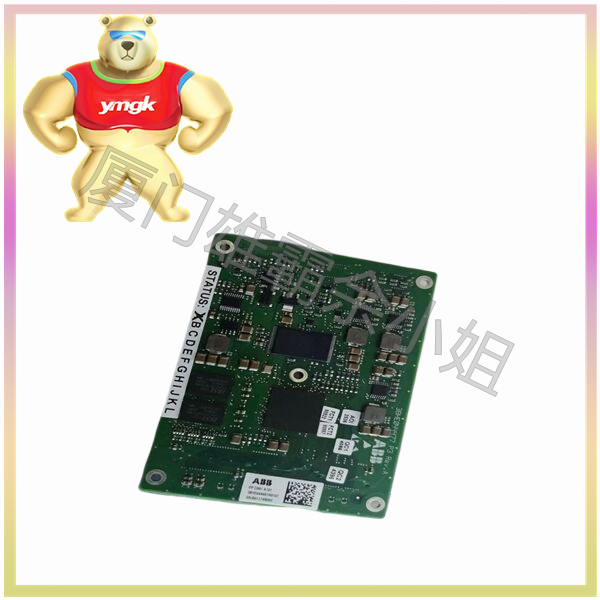
7.3 Emergency Shutdown
In emergency situations, the system needs to have an emergency stop function to ensure the safety of operators and equipment.
Energy conservation and environmental protection
The servo control system needs to have energy-saving and environmentally friendly characteristics to reduce energy consumption and minimize its impact on the environment. Energy conservation and environmental protection can be achieved through optimizing control algorithms, selecting efficient components, and adopting regenerative braking measures.
8.1 Optimization Control Algorithm
By optimizing control algorithms, the energy consumption of the system can be reduced and energy efficiency can be improved.
8.2 Efficient Components
Selecting efficient motors, drivers, sensors, and other components can reduce the energy consumption of the system.

